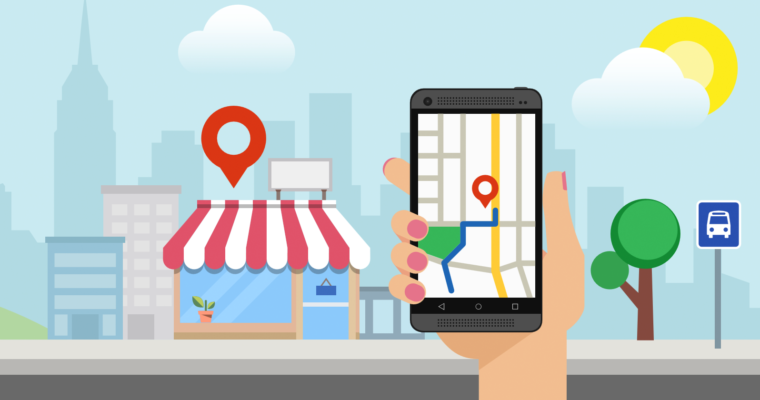Location-Based Services (LBS) in Marketing Strategy
In the digital era, consu mers expect more personalized communication with companies through various devices and channels they use; therefore location-based practices are broadly applied.
mers expect more personalized communication with companies through various devices and channels they use; therefore location-based practices are broadly applied.
A location-based service is a piece of software that can track ones exact position, which can be used in an omni-channel marketing strategy.
This kind of strategy leads customers to engage with companies in many ways, through:
- virtual and physical catalogs
- their presence in a physical store
- online mobile apps via websites
- social media
Research have shown that customers spend almost 4 hours per day on their mobile devices, 63% of them use a mobile device within the physical store in order to check their loyalty points or for offers/discounts. They are also “trained” to check for app updates for more than 270 times per day and at least 40% of online shoppers have their order fulfilled in a physical store.
So, customers’ location can become a major advantage for a business, and their data points can be quite useful in a campaign optimization.
Warply Engage is a platform for location targeting campaigns on 1st party (CRM data). Its deterministic rule engine for marketing automation, helps a marketeer to mix segment, behavioral, and location rules.
There are mainly three ways Warply platform may use to get insights on customers’ location:
GPS: it is a mix of satellite triangulation technology and 4G cell maps in order to pin point user’s location. Warply Engage GPS u ses campaign targeting in cases such as capturing customer’s presence within a store and send a campaign about a product he searches for, capturing his walk into the store and send him a welcome message or capturing his walk out of it and run a satisfaction campaign. It can also be useful for geo-fencing based on neighborhood/postal code/street level, when a PUSH campaign is sent to inform users about a new store opening etc
ses campaign targeting in cases such as capturing customer’s presence within a store and send a campaign about a product he searches for, capturing his walk into the store and send him a welcome message or capturing his walk out of it and run a satisfaction campaign. It can also be useful for geo-fencing based on neighborhood/postal code/street level, when a PUSH campaign is sent to inform users about a new store opening etc
WiFi: It detects devices that have turned on WiFi (~80% of total) by leveraging existing WiFi and It includes push notification based on a business’ location ranging from retail t o hospitality (currently available only for Android). For instance a consumer when pass by a store can get a message for an offer of a mobile phone which previously has searched for mobile devices on brand’s e-commerce or when entering and getting out of a store he can get a question like “Was our customer service helpful?”
o hospitality (currently available only for Android). For instance a consumer when pass by a store can get a message for an offer of a mobile phone which previously has searched for mobile devices on brand’s e-commerce or when entering and getting out of a store he can get a question like “Was our customer service helpful?”
Bluetooth: it allows the connectivity between devices and beacons since they broadcast an id associated with some micro location. It can be used for micro-location that can go down to centimeters or in cases that have to do with payments such as, getting a running video when a user approaches a pair of sneakers on discount, or when he identifies payments cards in order to check out skipping the line.
LBS is a totally customer-centric marketing approach, and when is used, companies level over their competitors!

